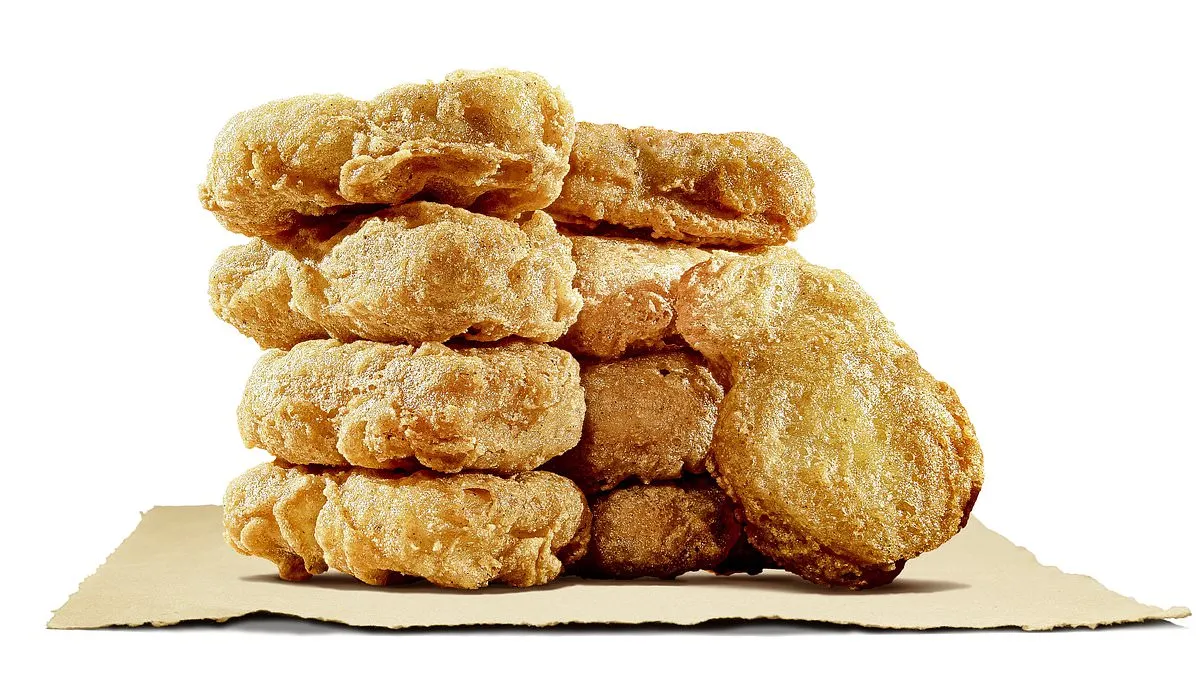
Many foods that are widely considered to be healthy are surprisingly abundant in microplastics, which have been associated with serious health issues such as cancer and DNA damage. Microplastics are defined as tiny pieces of plastic that are less than five millimeters long, often smaller than a pencil eraser. These particles are pervasive, found in our air, water, soil, and even in the food we consume. When ingested, microplastics can infiltrate the body and lead to various health problems.
Certain foods are known to harbor higher concentrations of microplastics, often due to being highly processed, stored in plastic containers, or sourced from contaminated environments. Surprisingly, some of the biggest offenders are foods that are typically celebrated for their health benefits. Items such as carrots, apples, and salads all rank high on the list, despite being staples in a nutritious diet. While eliminating microplastics from your diet entirely may be nearly impossible, there are effective swaps you can make to minimize your intake.
Carrots are highly nutritious, packed with vitamin A, which is vital for vision, growth, cell division, reproduction, and immunity. However, research indicates that root vegetables, including carrots, are often laden with microplastics. This is because they absorb microplastics from the water and soil through their roots. In fact, studies suggest that root vegetables generally contain more microplastics than leafy greens. If you're looking to cut back on carrots while still getting your vitamin A, consider swapping them for spinach or colorful bell peppers.
Plant-based nuggets have emerged as a popular alternative to meat, but they may come with a hidden cost. Research has shown that these processed products often contain significant levels of microplastics, with one study revealing a contamination level of 0.32 particles per gram. To reduce your exposure, consider making homemade plant-based nuggets using ingredients like tofu or seitan, which can help you avoid processed packaging.
Despite the saying, "An apple a day keeps the doctor away," this popular fruit is among the highest in microplastic content. One study found that apples contain over 100,000 microplastic particles per gram. Similar to carrots, apple trees absorb microplastics through their roots, which end up in the fruit. For a safer option, choose fruits rich in anthocyanins, such as blueberries, cranberries, and pomegranates, which may help mitigate the harmful effects of microplastics.
Rice is a staple food that provides essential carbohydrates, fiber, and B vitamins. However, it also introduces microplastic contamination into our diets. Studies show that consumers may ingest three to four milligrams of plastic for every 100 grams of rice, with instant rice presenting an even higher risk at 13 milligrams per serving. Washing rice before cooking can reduce plastic contamination by 20 to 40 percent, making it a worthwhile practice.
It comes as no surprise that bottled water is a significant source of microplastics. A study found that a liter of bottled water contains an average of 240,000 plastic particles, with 90 percent being nanoplastics. These tiny particles are small enough to penetrate human cells. To minimize exposure, consider switching to a reusable water bottle to eliminate plastic waste.
Similar to bottled water, ready-to-eat salads are often contaminated with microplastics due to their packaging. While exact contamination levels can vary, it's likely that plastic particles from the packaging make their way into the salad. To avoid these contaminants, opt for homemade salads using fresh, washed vegetables.
The increase in microplastics in our oceans has a direct impact on seafood. Studies indicate that shellfish and fish are particularly high in microplastics, with an estimated 11,000 particles ingested annually by individuals who consume large amounts of shellfish. Although it may be challenging to find alternatives, reducing seafood consumption and avoiding highly processed fish products can help lower your microplastic intake.
While Pink Himalayan sea salt is often marketed as a healthy option due to its minimal processing, researchers have found that it contains a significant amount of microplastics. In contrast, highly processed table salts tend to have lower levels of microplastics. Thus, opting for conventional table salt can be a safer choice when it comes to avoiding microplastic contamination.
Highly processed dairy products, such as powdered cheese and conventional milk, tend to contain more microplastics than minimally processed alternatives. To reduce exposure, choose locally-sourced, organic dairy products like milk, cheese, and yogurt.
If you enjoy a hot cup of tea, be cautious about using nylon tea bags, as they can release billions of microplastics into your beverage. One study found that steeping a single nylon bag can release 11.6 billion microplastics. Consider switching to paper tea bags or loose-leaf tea with a stainless steel strainer to limit your exposure.
Similar to seafood, microplastics also infiltrate seaweed products. These particles cling to the surface of seaweed and are difficult to wash away. In fact, some studies suggest that individuals in certain countries consume thousands of microplastics annually through seaweed. If you enjoy seaweed, consider alternatives like rice paper or lettuce for sushi wraps.
Interestingly, honey has been found to contain microplastics, not due to processing, but because of the foraging habits of bees in polluted environments. Urban honey tends to have higher microplastic levels than honey sourced from rural areas. To minimize your plastic consumption, seek out honey produced in less contaminated locations.
While it may seem daunting to navigate the complexities of microplastics in our food, being informed about the sources and making conscious choices can help minimize exposure. By opting for whole, minimally processed foods and considering alternatives, we can protect our health and well-being from the hidden dangers of microplastics.